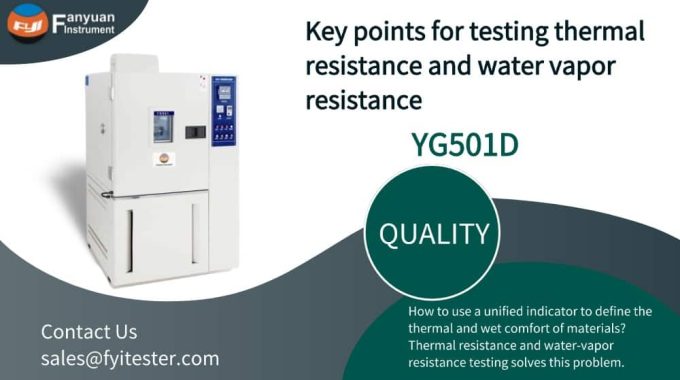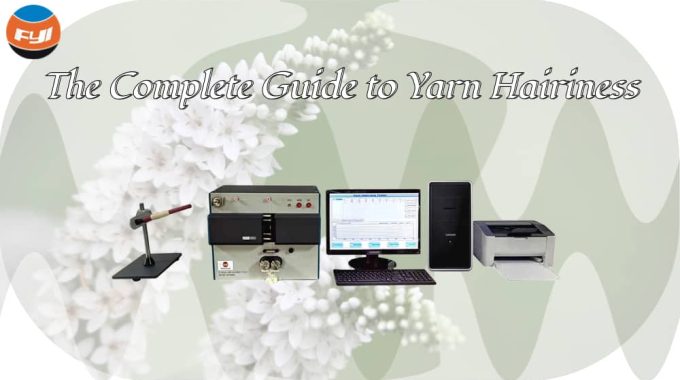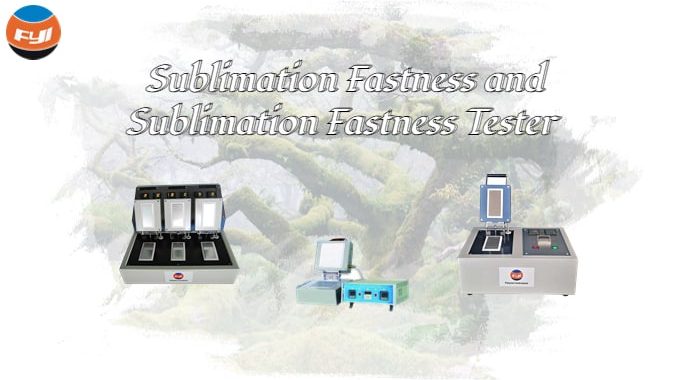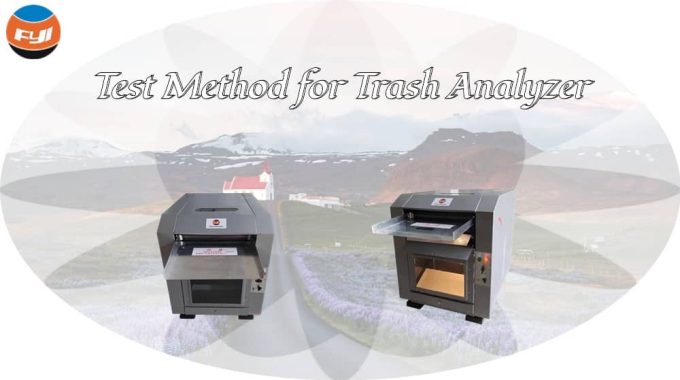
Test Method for Trash Analyzer
The impurity ratio is the percentage of impurities in the raw cotton sample to the sample mass.
Impurity content is an important indicator for measuring cotton quality. Whether it is during mechanical or manual picking, these non-harmful impurity will inevitably be “mixed” the cotton. The percentage of impurity content directly affects the quality of cotton and the subsequent processing. For example, the impurity content of machine-picked cotton is generally between 8% and 16%. When the moisture content of seed cotton is greater than 9%, the adhesion between impurities and cotton fibers will increase with the increase of moisture, making it difficult to remove impurities, resulting in an increase in the impurity content of the ginned cotton. Therefore, controlling the impurity content in cotton is crucial to ensuring cotton quality.
Contents
Working principle of trash analyzer
YG041 Trash Analyzer mainly uses the difference in specific gravity between fibers and impurities to separate cotton fibers from impurities under the action of airflow and centrifugal force after combing raw cotton, cotton rolls and raw sliver samples. Cotton fibers are collected into the clean cotton box under the action of airflow, and impurities are separated and fall into the impurity box under the action of gravity, thereby achieving the purpose of removing impurities.
Test method
The batches sampling of raw cotton shall be carried out in accordance with the provisions of GB1103.1, GB 1103.2, GB/T 1103.3 and GB/T 19635. The sampling of laboratory shall be carried out in accordance with the provisions of GB/T 6097. The laboratory samples shall be no less than 600g.
There are two methods for determination of impurity rate content in raw cotton: Raw cotton impurity analysis machine method. And fully automatic raw cotton impurity analysis system method. YG041 Trash Analyzer adopts the former methods, so the following introduces it.
Test principle
According to the principles of aerodynamics, the cotton fibers are separated from the impurities attached to them by the combined action of high-speed rotating mechanical parts and airflow. The impurities are collected and weighed, and the percentage of the impurity mass to the sample mass is calculated to obtain the impurity content of the raw cotton.
Apparatus
Trash analyzer: composed of cotton a feeding table, cotton feeding roller, licker-in roller, dust removal blade, streamline plate, cotton stripping blade, dust cage, impurity box, fan, motor and etc.
Electronic balance, with a capacity of 200g, a sensitivity of 0.01 g, and a pan large enough to weigh a 100-g.
Specimen of cotton.
Brown brush.
Tweezers.
Sample preparation
No special preparation is required, but handle the laboratory sample and the specimens carefully, particularly specimens accumulated from ginning and processing waste products to avoid any loss of leaf, dust, or other foreign matter.
Use the quartering method to extract two (50 ± 1) g test samples and one (50 ± 1) g spare sample from the laboratory sample, and weigh the sample mass with a balance to an accuracy of 0.1 g.
Test process of trash analyzer
1) Turn on the machine and run it for one minute to two minutes, then stop it to clean the impurity box, clean cotton box, cotton feeding table and licker-in roller.
2) Tear the sample loose and put it evenly on the cotton feeding table, pick out cotton seeds, seed cotton and other coarse impurities, and record them on the test report.
3) Feed the sample evenly into the cotton feeding roller until the sample analysis is completed.
4) Take out all the clean cotton after analysis and feed it back into the feeding roller for a second analysis.
5) Turn off the machine and collect the impurities in the impurity tray. Pay attention to collecting all the tiny impurities on the walls around the impurity box, on the crossbars, and on the cotton feeding table. Pick out the small cotton balls, ropes, and free fibers in the impurity tray.
6) Use the electronic balance to weigh the mass of the collected impurities and the mass of the picked out coarse impurities, accurate to 0.01g.
7) Repeat test steps above to test the second specimen.
Calculation and numerical rounding of test results
Calculate the impurity rate according to equation
Z=(Mf+Mc)/Ms*100……………………………………(1)
Where:
Z——Impurity rate,%;
Ms——Test sample mass, in grams(g);
Mf——The mass of impurities analyzed, in grams(g);
Mc——The mass of coarse impurities picked out, in grams(g).
The arithmetic means of the trash content of each test sample is taken as the impurity content of the cotton batch. The impurity content calculation result is rounded off to one decimal place according to GB/T 8170.
Trash analyzer
Our product–YG041 Trash Analyzer does use this extraction method. It is used to determine the amount of the impurity of raw cotton, cotton rolls, and chemical fiber defect. This machine is mainly composed of wall panels, cotton feeding device, licker-in roller, fan and transmission device. Each component is connected into a whole by two vertical wall panels. The whole machine body and transmission components, motor and electrical devices are all inside the cover. The cotton feeding roller is driven by a special slow-speed motor, and the cotton feeding speed is controlled as needed through the universal conversion switch. There is a lighting device above the impurity box inside the machine, which is equipped with a low-voltage (24V) 20W electric lamp. The red button on the electrical button panel is the stop button, and the green button is the start button. The standard configuration is main machine, feed plate, outlet funnel, filler gauge and brush. Besides, the electronic balance (200g, 0.01g) can be selected as you like.
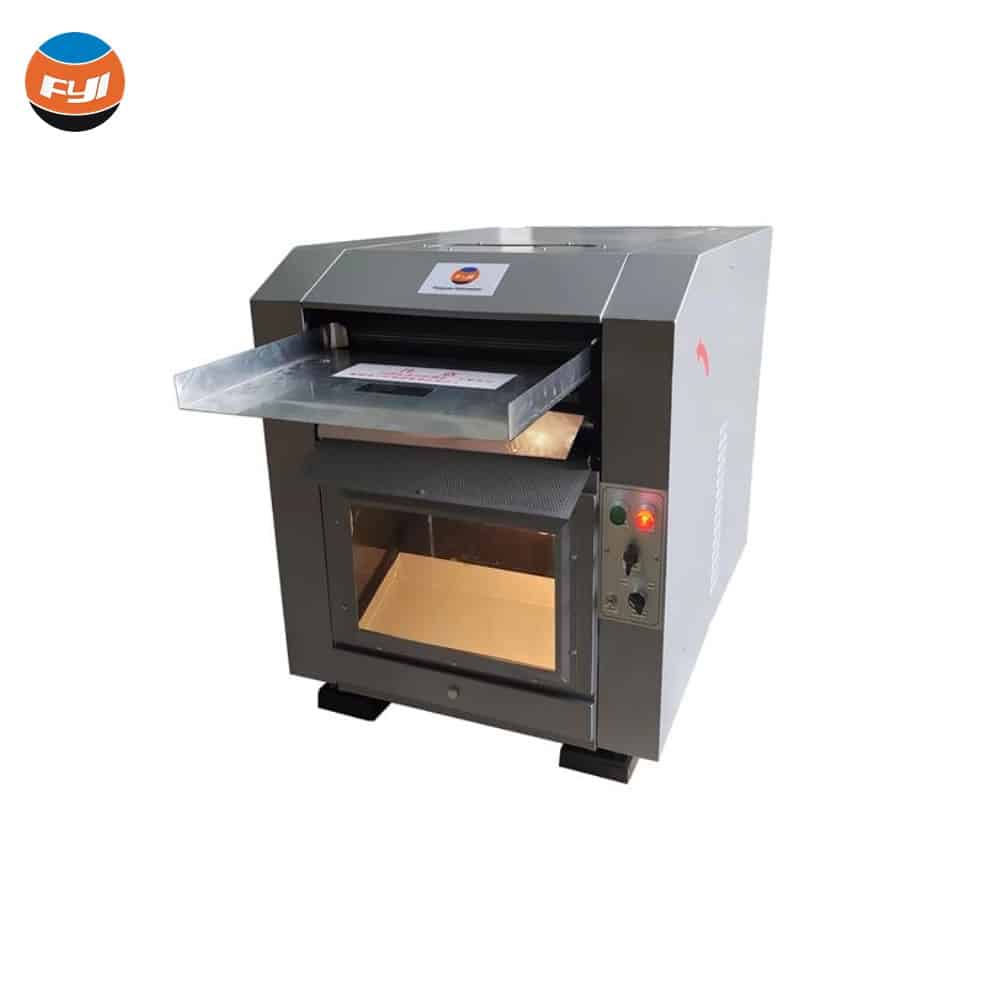
Here are our product features:
- Equipped with lighting fixture;
- The whole body is metal structure, which makes the machine sturdier and durable;
- Fitted standards are GB/T 6499-2022 (Method A) and ASTM D2812-07 (2021).
